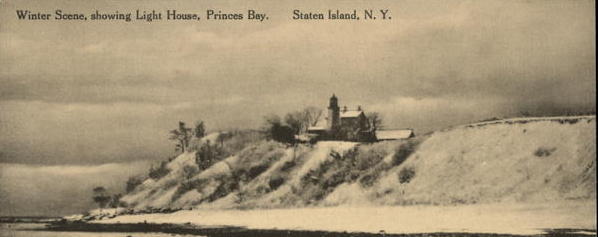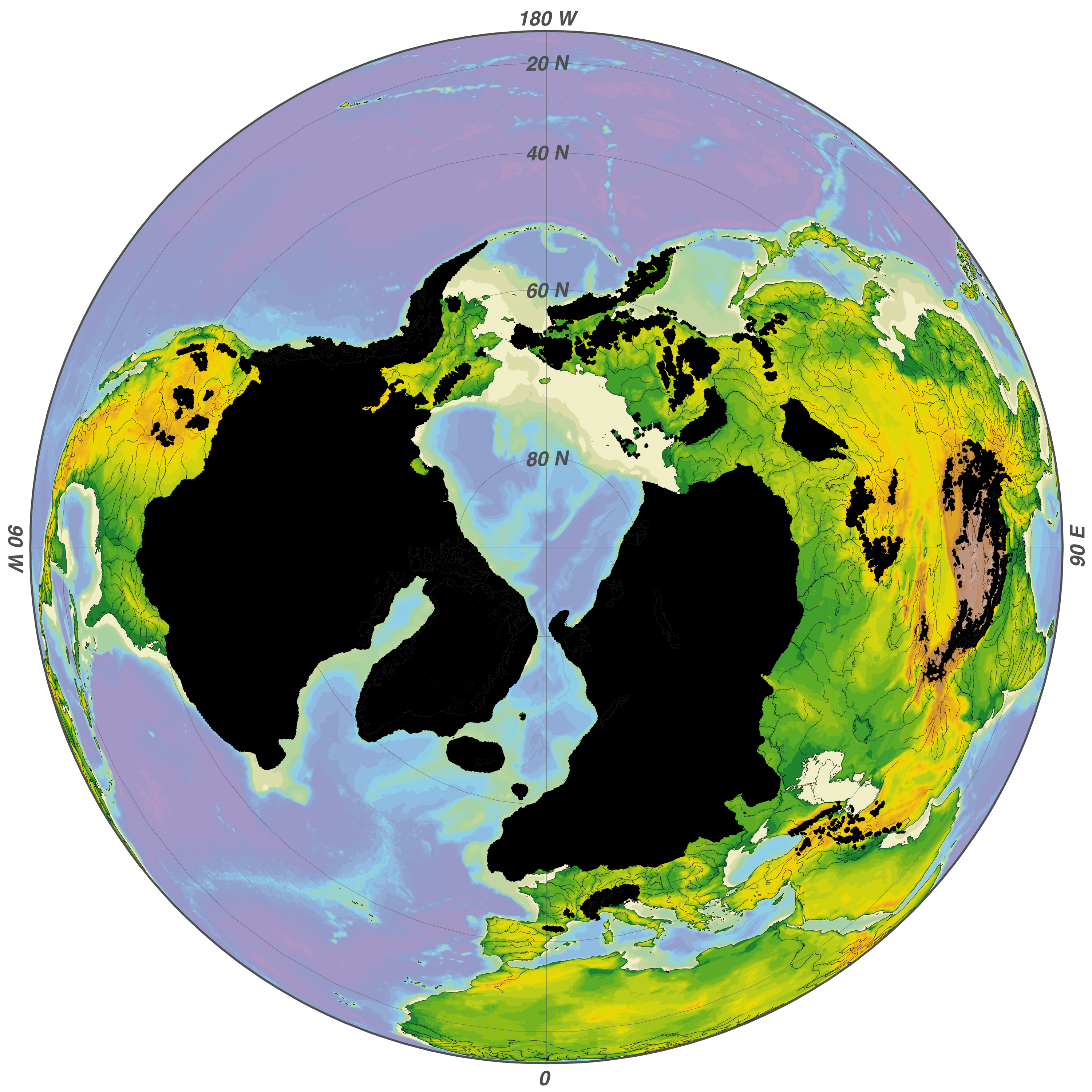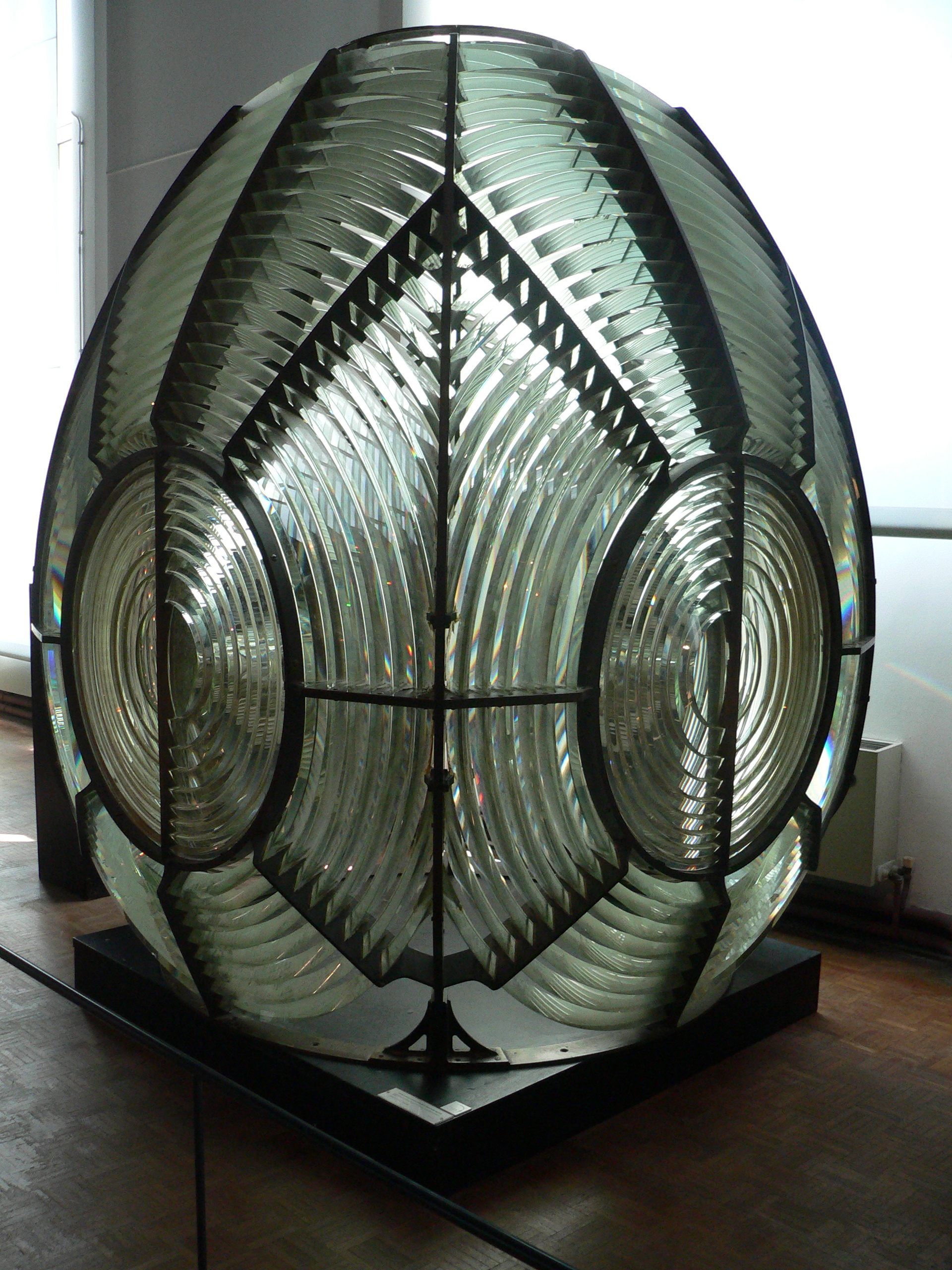|
Prince's Bay Light
The Prince's Bay Light (officially: John Cardinal O’Connor Light) is an active lighthouse on the highest point of the southern shoreline of Staten Island, New York, in the Pleasant Plains neighborhood. It is situated on an bluff overlooking Raritan Bay with an attached brownstone cottage which served as the lightkeeper's house. The bluffs are part of the southern terminal moraine formed by the Wisconsin Glacier which receded 10,000 years ago. History The current lighthouse was constructed in 1864 for the sum of $30,000 which was approved by Congress. The attached lightkeeper's cottage was completed in 1868. Both buildings were designated as New York City Landmarks on June 28, 2016. The Prince's Bay Lighthouse was deactivated in August 1922 after the installation of acetylene lights in Raritan Bay made the former lighthouse obsolete. The Mission of the Immaculate Virgin at Mt. Loretto, a Catholic orphanage founded by Father John Christopher Drumgoole, purchased the lighthou ... [...More Info...] [...Related Items...] OR: [Wikipedia] [Google] [Baidu] |
Brownstone
Brownstone is a brown Triassic–Jurassic sandstone that was historically a popular building material. The term is also used in the United States and Canada to refer to a townhouse clad in this or any other aesthetically similar material. Types Apostle Island brownstone In the 19th century, Basswood Island, Wisconsin was the site of a quarry run by the Bass Island Brownstone Company Quarry, Bass Island Brownstone Company, which operated from 1868 into the 1890s. The brownstone from this and other quarries in the Apostle Islands was in great demand, with brownstone from Basswood Island being used in the construction of the first Milwaukee County Courthouse in the 1860s. Hummelstown brownstone Hummelstown brownstone is extremely popular along the East Coast of the United States, with numerous government buildings throughout West Virginia, Pennsylvania, New York, Maryland, and Delaware being faced entirely with the stone, which comes from the Hummelstown Quarry in Hummelstown, ... [...More Info...] [...Related Items...] OR: [Wikipedia] [Google] [Baidu] |
John Christopher Drumgoole
John Christopher Drumgoole (August 15, 1816 – March 28, 1888) was an Irish-American Roman Catholic priest who was known for his work in caring for and educating orphaned and abandoned children in New York City, especially homeless newsboys. In 1883, he founded Mount Loretto, an orphanage and vocational school for boys in a then-rural section of Staten Island. It grew into a large complex that housed and educated tens of thousands of boys and girls in more than a century of existence. As of 2024, Drumgoole's Mission of the Immaculate Virgin, now named Catholic Charities of Staten Island, continues to run programs that benefit needy children and other Staten Island residents, on a portion of the Mount Loretto property. Life John Christopher Drumgoole was born at Abbeylara near Granard, County Longford, Ireland, on August 15, 1816. His father John, a cobbler, died in 1822. The younger John came to the United States in 1824 at age 8 to join his mother Bridget, who had emigrated ... [...More Info...] [...Related Items...] OR: [Wikipedia] [Google] [Baidu] |
Houses Completed In 1868
A house is a single-unit residential building. It may range in complexity from a rudimentary hut to a complex structure of wood, masonry, concrete or other material, outfitted with plumbing, electrical, and heating, ventilation, and air conditioning systems.Schoenauer, Norbert (2000). ''6,000 Years of Housing'' (rev. ed.) (New York: W.W. Norton & Company). Houses use a range of different roofing systems to keep precipitation such as rain from getting into the dwelling space. Houses generally have doors or locks to secure the dwelling space and protect its inhabitants and contents from burglars or other trespassers. Most conventional modern houses in Western cultures will contain one or more bedrooms and bathrooms, a kitchen or cooking area, and a living room. A house may have a separate dining room, or the eating area may be integrated into the kitchen or another room. Some large houses in North America have a recreation room. In traditional agriculture-oriented societies, domes ... [...More Info...] [...Related Items...] OR: [Wikipedia] [Google] [Baidu] |
Lighthouses Completed In 1864
A lighthouse is a tower, building, or other type of physical structure designed to emit light from a system of lamps and lens (optics), lenses and to serve as a beacon for navigational aid for maritime pilots at sea or on inland waterways. Lighthouses mark dangerous coastlines, hazardous shoals, reefs, rocks, and safe entries to harbors; they also assist in aerial navigation. Once widely used, the number of operational lighthouses has declined due to the expense of maintenance and the advent of much cheaper, more sophisticated, and more effective electronic navigational systems. History Ancient lighthouses Before the development of clearly defined ports, mariners were guided by fires built on hilltops. Since elevating the fire would improve visibility, placing the fire on a platform became a practice that led to the development of the lighthouse. In antiquity, the lighthouse functioned more as an entrance marker to ports than as a warning signal for reefs and promontory, prom ... [...More Info...] [...Related Items...] OR: [Wikipedia] [Google] [Baidu] |
New York State Department Of Environmental Conservation
The New York State Department of Environmental Conservation (informally referred to as NYSDEC, DEC, EnCon or NYSENCON) is a department of New York state government. The department guides and regulates the conservation, improvement, and protection of New York's natural resources; manages Forest Preserve lands in the Adirondack and Catskill parks, state forest lands, and wildlife management areas; regulates sport fishing, hunting and trapping; and enforces the state's environmental laws and regulations. Its regulations are compiled in Title 6 of the '' New York Codes, Rules and Regulations''. It was founded in 1970, replacing the Conservation Department, and is headed by Basil Seggos. NYS DEC had an annual budget of about $2,588 million for FY 2024, and employs roughly 3,000 people across New York State. It manages over of protected state-owned land and another of privately owned land on which it holds conservation easements. The department's activities go beyond land m ... [...More Info...] [...Related Items...] OR: [Wikipedia] [Google] [Baidu] |
Mount Loretto Unique Area
Mount Loretto Unique Area is an open space reserve and nature preserve administered by the New York State Department of Environmental Conservation on the South Shore of Staten Island, New York City. The area's total size is , of which is underwater. History Mount Loretto was once the largest orphanage in New York State. It was started by Father John Christopher Drumgoole, an Irish Catholic priest and founder of the Mission of the Immaculate Virgin in Manhattan, an organization to help poor and disposed children. He purchased the Staten Island land for the orphanage in the 1880s and named it "Mount Loretto" in honor of one of the nuns who worked with him at the mission. It was served by the Mount Loretto Spur of the Staten Island Railway. The area that encompasses the Mount Loretto Unique Area was purchased from the Archdiocese of New York by the New York State Department of Environmental Conservation in 1999. The property formerly contained various buildings including the S ... [...More Info...] [...Related Items...] OR: [Wikipedia] [Google] [Baidu] |
Trust For Public Land
The Trust for Public Land is a U.S. nonprofit organization with a mission to "create parks and protect land for people, ensuring healthy, livable communities for generations to come". Since its founding in 1972, the Trust for Public Land has completed 5,000 park-creation and land conservation projects across the United States, protected over 3 million acres, and helped pass more than 500 ballot measures—creating $70 billion in voter-approved public funding for parks and open spaces. The Trust for Public Land also researches and publishes authoritative data about parks, open space, conservation finance, and urban climate change adaptation. Headquartered in San Francisco, the organization is among the largest U.S. conservation nonprofits, with approximately 30 field offices across the U.S., including a federal affairs function in Washington, D.C. Focus areas Consistent with its "Land for People" mission, the Trust for Public Land is widely known for urban conservation work, inclu ... [...More Info...] [...Related Items...] OR: [Wikipedia] [Google] [Baidu] |
Leading Lights
Leading lights, also known as range lights in the United States, are a pair of light beacons used in navigation to indicate a safe passage for vessels entering a shallow or dangerous channel; they may also be used for position fixing. At night, the lights are a form of leading line that can be used for safe navigation. The beacons consist of two lights that are separated in distance and elevation, so that when they are aligned, with one above the other, they provide a bearing. Range lights are often illuminated day and night. In some cases the two beacons are unlighted, in which case they are known as a ''range'' in the United States or a '' transit'' in the UK. The beacons may be artificial or natural. Operation Two lights are positioned near one another. One, called the front light, is lower than the one behind, which is called the rear light. At night when viewed from a ship, the two lights only become aligned vertically when a vessel is positioned on the correct bearing ... [...More Info...] [...Related Items...] OR: [Wikipedia] [Google] [Baidu] |
Wisconsin Glacier
The Wisconsin glaciation, also called the Wisconsin glacial episode, was the most recent glacial period of the North American ice sheet complex, peaking more than 20,000 years ago. This advance included the Cordilleran Ice Sheet, which nucleated in the northern North American Cordillera; the Innuitian ice sheet, which extended across the Canadian Arctic Archipelago; the Greenland ice sheet; and the massive Laurentide Ice Sheet, which covered the high latitudes of central and eastern North America. This advance was synchronous with global glaciation during the last glacial period, including the North American alpine glacier advance, known as the Pinedale glaciation. The Wisconsin glaciation extended from about 75,000 to 11,000 years ago, between the Sangamonian Stage and the current interglacial, the Holocene. The maximum ice extent occurred about 25,000–21,000 years ago during the last glacial maximum, also known as the ''Late Wisconsin'' in North America. This glaciation ... [...More Info...] [...Related Items...] OR: [Wikipedia] [Google] [Baidu] |
Fresnel Lens
A Fresnel lens ( ; ; or ) is a type of composite compact lens (optics), lens which reduces the amount of material required compared to a conventional lens by dividing the lens into a set of concentric annular sections. The simpler Dioptrics, dioptric (purely refraction, refractive) form of the lens was first proposed by Georges-Louis Leclerc, Comte de Buffon, and independently reinvented by the French physicist Augustin-Jean Fresnel (1788–1827) for use in lighthouses. The Catadioptric system, catadioptric (combining refraction and reflection) form of the lens, entirely invented by Fresnel, has outer Prism (optics), prismatic elements that use total internal reflection as well as refraction to capture more oblique light from the light source and add it to the beam, making it visible at greater distances. The design allows the construction of lenses of large aperture and short focal length without the mass and volume of material that would be required by a lens of conventional ... [...More Info...] [...Related Items...] OR: [Wikipedia] [Google] [Baidu] |
Terminal Moraine
A terminal moraine, also called an end moraine, is a type of moraine that forms at the terminal (edge) of a glacier, marking its maximum advance. At this point, debris that has accumulated by plucking and abrasion, has been pushed by the front edge of the ice, is driven no further and instead is deposited in an unsorted pile of sediment. Because the glacier acts very much like a conveyor belt, the longer it stays in one place, the greater the amount of material that will be deposited. The moraine is left as the marking point of the terminal extent of the ice. Formation As a glacier moves along its path, the surrounding area is continuously eroding. Loose rock and pieces of bedrock are constantly being picked up and transported with the glacier. Fine sediment and particles are also incorporated into the glacial ice. The accumulation of these rocks and sediment together form what is called glacial till when deposited. Push moraines are formed when a glacier retreats from ... [...More Info...] [...Related Items...] OR: [Wikipedia] [Google] [Baidu] |
Raritan Bay
Raritan Bay is a bay located at the southern portion of Lower New York Bay between the U.S. states of New York and New Jersey and is part of the New York Bight. The bay is bounded on the northwest by New York's Staten Island, on the west by Perth Amboy, New Jersey, on the south by the Raritan Bayshore communities in the New Jersey counties of Middlesex and Monmouth, and on the east by Sandy Hook Bay. The bay is named after the Raritans, a branch of the Lenape tribe who lived in the vicinity of the bay and its river for thousands of years, prior to the arrival of Dutch and English colonists in the 17th century. History Archeological evidence suggests that humans were already in the region at the close of the Pleistocene. The early "Big Game Hunters" vanished, but the coastal regions were resettled by peoples accustomed to village-style living ("tidewater communities") that subsisted on hunting and gathering marine shellfish, and eventually, on agriculture. In pre-Co ... [...More Info...] [...Related Items...] OR: [Wikipedia] [Google] [Baidu] |






